Proto-Renaissance – A Highlight of Western Culture and Art
The Proto-Renaissance marks a pivotal period in the evolution of Western art, spanning roughly from the late 13th to the early 15th century. Emerging in the Italian city-states such as Florence, Siena, and Padua, this transitional era laid the foundation for the artistic rebirth that would characterize the Renaissance. Defined by a departure from the rigid stylizations of the medieval period, artists of the Proto-Renaissance began to explore humanism, perspective, and naturalism, infusing their works with a newfound sense of emotional depth and realism. Notable figures such as Giotto di Bondone, Duccio di Buoninsegna, and Simone Martini exemplify the innovative spirit of this era, paving the way for the revolutionary artistic achievements that would follow in the Italian Renaissance.
Key Takeaways
- The Proto-Renaissance was a foundational period of artistic and cultural shifts leading to the Renaissance.
- Artistic innovations included more realistic representations and the introduction of perspective.
- The period was marked by a growing interest in humanism and the revival of classical antiquity.
What Was the Proto-Renaissance?
The Proto-Renaissance marks a transitional phase that heralded the dawn of the Italian Renaissance, extending approximately from 1200 to 1400. It was characterized by significant artistic innovation and a gradual shift toward humanistic values, which laid the groundwork for the Renaissance period. Artists and thinkers in northern Italy during this time began to move away from the stylistic conventions of the Middle Ages, opening the way for a more naturalistic approach to art and thought.
This era saw the emergence of frescoes and artworks that incorporated new techniques of perspective and a more accurate representation of the human body, signaling a departure from the flat, symbolic style predominant in medieval art. The Proto-Renaissance was not only an era of artistic transformation but also a time when Europe experienced a broader cultural rejuvenation that affected various aspects of society.

During this time, Italy was divided into numerous city-states, like Florence, which were often engaged in political rivalries. Despite the political turmoil, or perhaps because of it, these city-states became hubs for artistic innovation and the propagation of cultural ideals. Key features of the Proto-Renaissance encapsulate the revival of artistic techniques and aesthetics from classical antiquity, marked by enhancements in the use of perspective, color, and composition in visual arts. This period also witnesses a gradual departure from the stylized forms characteristic of the Middle Ages, paving the way for more naturalistic representation and laying the foundation for the groundbreaking developments of the Italian Renaissance.
One of the prominent figures of the Proto-Renaissance was Giotto, whose work, marked by enhanced realism and emotional expression, prefigured many Renaissance ideals. Frescoes created by early artists during this period displayed significant Byzantine influences yet progressively incorporated more lifelike figures and narratives. This era planted the seeds for the monumental Renaissance, albeit the term ‘Proto-Renaissance’ itself underscores its role as a forerunner, setting the stage for the burst of creativity and humanistic study that characterized the height of the Renaissance.
The Proto-Renaissance is essential for understanding not only the subsequent artistic evolution but also the socio-cultural transformation that laid the groundwork for modern Europe.
Historical Context
The Proto-Renaissance period was a transitional era that laid the groundwork for the Renaissance through a melding of Middle Ages traditions with innovative ideas from various sources.

Influences and Origins of Proto-Renaissance
The Proto-Renaissance originated in Northern Italy, a region profoundly influenced by the Byzantine and Roman legacies. Art during the Middle Ages was largely dominated by Christian themes, focusing significantly on religious subjects and infused with iconic symbolism from the Christian doctrine. However, the 12th and 13th centuries saw a revival of interest in classical antiquity, which began to blend with the existing Byzantine style.
Places such as Florence, Milan, Venice, and Siena became vital centers for cultural development, experiencing a resurgence of art and architecture reminiscent of Roman grandeur.
Social and Economic Factors
The economic landscape of the Proto-Renaissance was shaped by the growth of trade and the influx of money, leading to the rise of wealthy merchant classes within city-states like Venice and Florence. These affluent groups became patrons to the arts, contributing significantly to cultural and artistic endeavors. The Black Death, which devastated Europe in the mid-14th century, had a paradoxical effect, ultimately concentrating wealth and potentially increasing demand for artistic production. Moreover, the Church, maintaining its pivotal role in society, also continued to commission art for both spiritual and propagandistic purposes. The combination of wealth accumulation, patronage, and the Church’s influence provided a fertile ground for the Proto-Renaissance to blossom in Italy.

Artistic Developments
The Proto-Renaissance period marked a significant transition in art, characterized by innovative approaches to painting, sculpture, and architecture. These developments laid the groundwork for the later flourishing of Renaissance art.

Characteristics of the Movement
The Proto-Renaissance movement was defined by a renewed interest in naturalism, where artists strived toward more realistic representations of people and landscapes.
This interest in naturalistic depiction was a departure from the flat, symbolic figures characteristic of the Gothic style.
- Naturalistic: Striving for more life-like depictions
- Light and shadow: Use of chiaroscuro to create depth
- Realism: Enhanced representation of physical space and human form
Progression in Painting
During this era, painting saw remarkable strides in the use of perspective, light, and shadow to achieve greater depth and volume. Giotto, with his frescoes in the Scrovegni Chapel, demonstrated a masterful use of chiaroscuro and foreshortening that suggested three-dimensional forms.
- Fresco: A prevalent medium, evident in the works of Cimabue and Giotto
- Giotto: Pioneered the use of chiaroscuro and perspective
- Tempera: Used alongside fresco for panels and altarpieces

Advancements in Sculpture
Sculpture likewise evolved, with artists introducing a greater sense of proportion and realism to their works. The human body was rendered with attention to anatomical accuracy.
This was a significant shift towards the classical standards that Renaissance art would later fully embrace.
- Realism: More accurate depictions of anatomy and proportion
- Altarpiece: Became more elaborate with a strong sense of three-dimensionality
Architectural Innovations
Brunelleschi’s design of the Florence Cathedral dome exemplifies the architectural achievements of the time. His innovative use of ribbed vaults and a double-shell cupola resolved the long-standing problem of its construction.
- Brunelleschi: His engineering of the Florence Cathedral dome revolutionized architecture
- Gothic style: Evolving past the previous architectural style, adopting innovation in structure and design
- Architecture: Construction methods and materials reflected a shift towards classical forms and techniques

Important Figures
The Proto-Renaissance period marked the transition from medieval to early modern art, characterized by significant contributions from numerous artists who laid the groundwork for the flourishing of Renaissance art.
- Duccio di Buoninsegna (c. 1255/1260 – 1318/1319): A Sienese artist who contributed vastly to the development of naturalism. His most renowned work, Maestà Altarpiece, demonstrates a blend of Byzantine influences with the emerging techniques of the Renaissance.
- Giotto di Bondone (c. 1267 – 1337): Known as the harbinger of the Renaissance, Giotto’s naturalistic approach veered away from the stylized Byzantine art. His masterful frescoes in the Scrovegni Chapel, particularly the Lamentation, reveal a profound understanding of emotional expression and three-dimensional form.
- Ambrogio Lorenzetti (c. 1285/1290 – 1348): Together with his brother Pietro, Ambrogio played a significant role in the evolution of Italian painting, introducing realism and detailed urban landscapes as seen in The Allegory of Good and Bad Government.
- Donatello (c. 1386 – 1466): One of the preeminent sculptors of the era, his work in bronze, stone, and wood, particularly his David, was revolutionary for its free-standing form and portrayal of nude figures.
- Piero della Francesca (c. 1415 – 1492): A master of perspective and chiaroscuro, Piero’s works such as the Baptism of Christ exemplify how light can create a sense of volume and form.
- Andrea del Verrocchio (c. 1435 – 1488): A painter and sculptor, Verrocchio was influential for his detailed craftsmanship. His bronze statue David showcases a detailed portrayal of human anatomy.
- Sandro Botticelli (c. 1445 – 1510): His paintings, including The Birth of Venus and Primavera, are emblematic of the Proto-Renaissance’s fascination with classical mythology and graceful figures.
While artists like Leonardo da Vinci, Michelangelo, Raphael, Giorgio Vasari, Masaccio, Taddeo Gaddi, Mantegna, Titian, and the Medici family were quintessential figures of the Renaissance, they rose to prominence after the conclusion of the Proto-Renaissance, thus their most pivotal contributions fall slightly outside this time frame.
Dante, while not a visual artist, his literature poignantly encapsulated the ethos of his time and significantly influenced Renaissance culture.
Cultural Impact
The Proto-Renaissance marked the dawn of a progressive movement that set the stage for the flourishing of art and ideas in the Early Renaissance. Its cultural impact laid the foundation for a historic evolution in human thought and aesthetics.

Influence on Early Renaissance
The Proto-Renaissance era, through its gradual shift from medieval to modern artistic expression, significantly influenced the Early Renaissance. Artists like Giotto di Bondone pioneered a departure from the flat, symbolic qualities of Byzantine Art, introducing a sense of depth, volume, and naturalism to paintings. This was a radical change that inspired the Quattrocento, a term referencing the 1400s in Italy, particularly the growth of Renaissance Painting.
The period saw the rise of Humanism, as figures like Petrarch prompted a rediscovery of classical philosophy, literature, and an emphasis on human potential and achievements.
- Sienese painting: Retained more Gothic elements but set the stage for a greater expression of emotion and elegance.
- Assisi: The frescoes in the Basilica of San Francesco and other churches influenced the depiction of nature and emotion.
- Patronage: The cultural shift witnessed the emergence of wealthy merchants and private patrons who commissioned works, encouraging individual creativity and expression.
Legacy in Art History
The Proto-Renaissance’s legacy in art history is profound and longstanding. Giotto’s transformative techniques, notably showcased in frescoes like the Scrovegni Chapel, revolutionized painting, leaving an indelible mark on subsequent artistic movements, including the High Renaissance and beyond. Moreover, the era witnessed the development of complex triptych and polyptych formats, allowing for the illustration of expansive religious narratives that reflected the period’s innovative spirit. Furthermore, the convergence of International Gothic and Byzantine styles with emerging Renaissance ideals created a rich tapestry of artistic expression, shaping the course of art history for generations to come.

The artistic evolution during the Proto-Renaissance period is characterized by significant shifts. Artists transitioned from flat, stylized representations to more lifelike depictions, reflecting a growing interest in naturalism and realism. This period also saw a progression toward a cohesive perspective system, allowing for greater depth and dimensionality in artworks. Moreover, there was an enhanced expression of theology, philosophy, and nature, aligning with the burgeoning humanist thought of the time. These developments laid the groundwork for the profound transformations that would define the Renaissance era and beyond, leaving an enduring impact on the trajectory of Western art history.
Literature and theology played integral roles during the Proto-Renaissance, intertwining with the era’s themes of beauty and human experience, which found resonance in the art of the period. The interplay with literature enriched artistic expression, fostering deeper insights into human emotion and existence. Additionally, theologians of the time began incorporating humanist ideas, directly influencing the portrayal of religious themes in art. The enduring influence of the Proto-Renaissance is palpable in subsequent periods, notably the High Renaissance and Mannerism, where its legacy of setting new standards for artistic excellence and intellectual pursuit continued to shape the course of Western art history.
The Proto-Renaissance stands as a crucial juncture in the trajectory of Western art, bridging the gap between the medieval and Renaissance periods. Its embrace of humanism, naturalism, and perspective revolutionized artistic expression, laying the groundwork for the monumental achievements that would define the Italian Renaissance. The works of artists like Giotto, Duccio, and Martini reflect a profound shift in artistic sensibilities, heralding an era of unprecedented innovation and creativity. As we reflect on the legacy of the Proto-Renaissance, we recognize its enduring influence on the course of art history, inspiring generations of artists to explore new realms of possibility and reimagine the world through their craft.
Frequently Asked Questions
What Are the Defining Characteristics of Proto-Renaissance Art?
Proto-Renaissance art is characterized by a heightened attention to nature, a gradual shift towards more realistic human figures, and the use of perspective. Artists began experimenting with light and shadow to add depth to their work.
How Did Proto-Renaissance Architecture Differ from Previous Styles?
Architecture during the Proto-Renaissance moved away from the Byzantine style, incorporating Gothic elements like pointed arches and ribbed vaults. There was also an increased use of space and light within buildings, reflecting a new appreciation for classical harmony and proportion.
What Period Marked the Beginning of the Transition into the Proto-Renaissance Era?
The transition into the Proto-Renaissance era is typically marked by the beginning of the 13th century and continued through to the early 15th century. This period was a pivotal moment when art and cultural ideas began evolving towards the principles that defined the Renaissance.
Isabella studied at the University of Cape Town in South Africa and graduated with a Bachelor of Arts majoring in English Literature & Language and Psychology. Throughout her undergraduate years, she took Art History as an additional subject and absolutely loved it. Building on from her art history knowledge that began in high school, art has always been a particular area of fascination for her. From learning about artworks previously unknown to her, or sharpening her existing understanding of specific works, the ability to continue learning within this interesting sphere excites her greatly.
Her focal points of interest in art history encompass profiling specific artists and art movements, as it is these areas where she is able to really dig deep into the rich narrative of the art world. Additionally, she particularly enjoys exploring the different artistic styles of the 20th century, as well as the important impact that female artists have had on the development of art history.
Learn more about Isabella Meyer and the Art in Context Team.
Cite this Article
Isabella, Meyer, “Proto-Renaissance – A Highlight of Western Culture and Art.” Art in Context. March 5, 2024. URL: https://artincontext.org/proto-renaissance/
Meyer, I. (2024, 5 March). Proto-Renaissance – A Highlight of Western Culture and Art. Art in Context. https://artincontext.org/proto-renaissance/
Meyer, Isabella. “Proto-Renaissance – A Highlight of Western Culture and Art.” Art in Context, March 5, 2024. https://artincontext.org/proto-renaissance/.





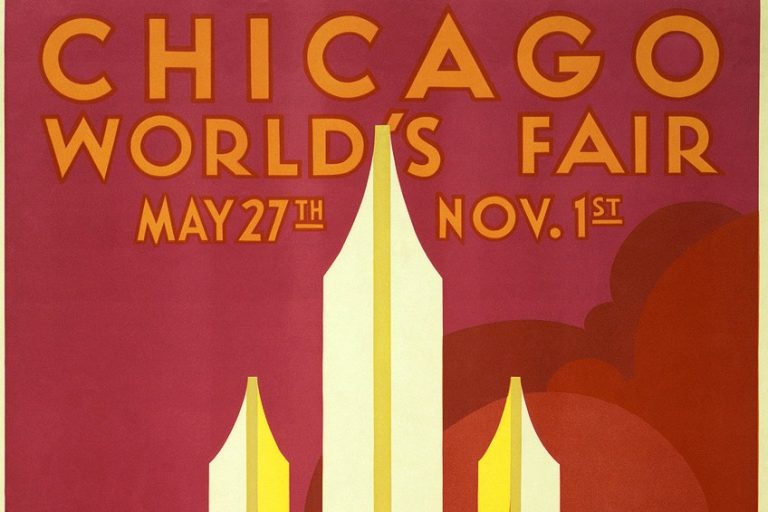
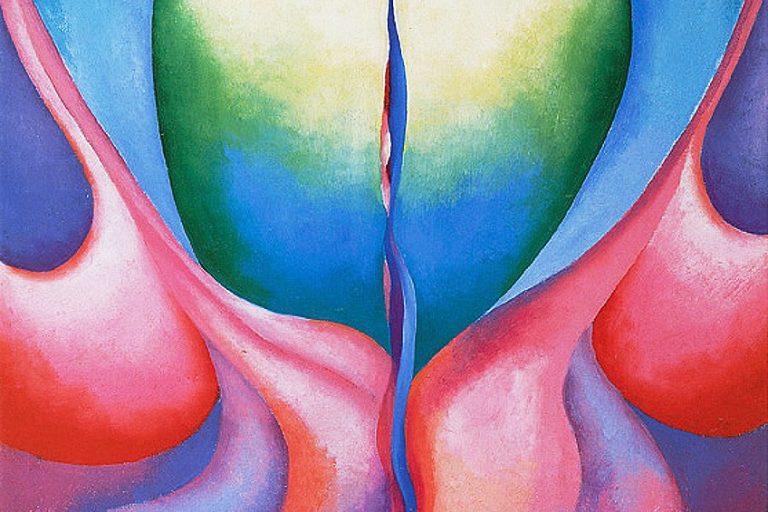
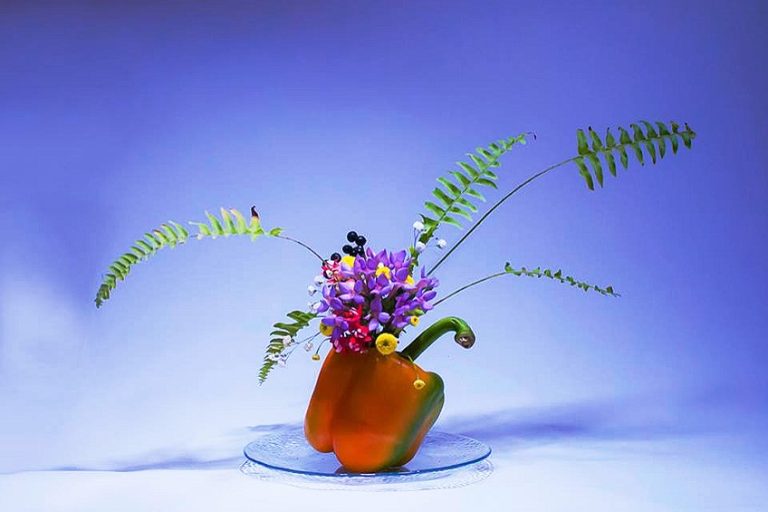
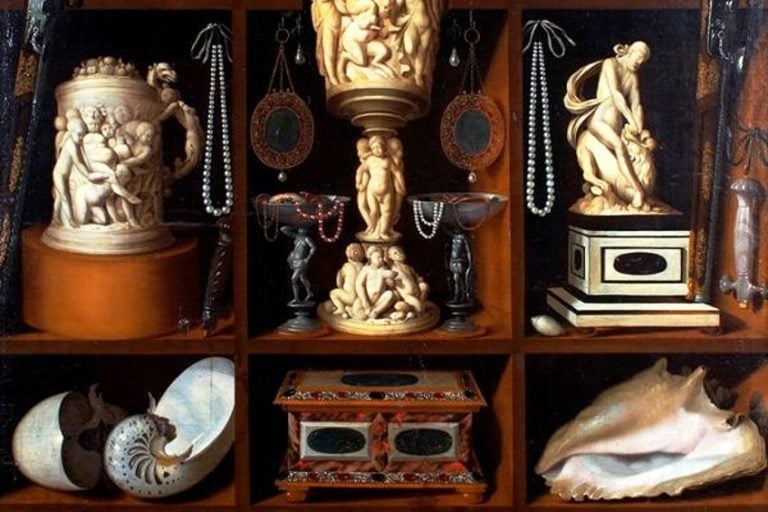
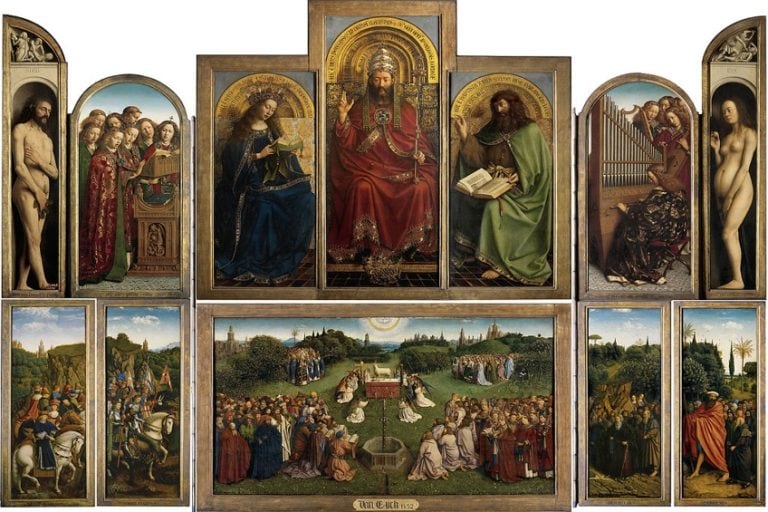


I came across with this site and I am loving it!
Thanks
Thank you so much for your kind feedback!